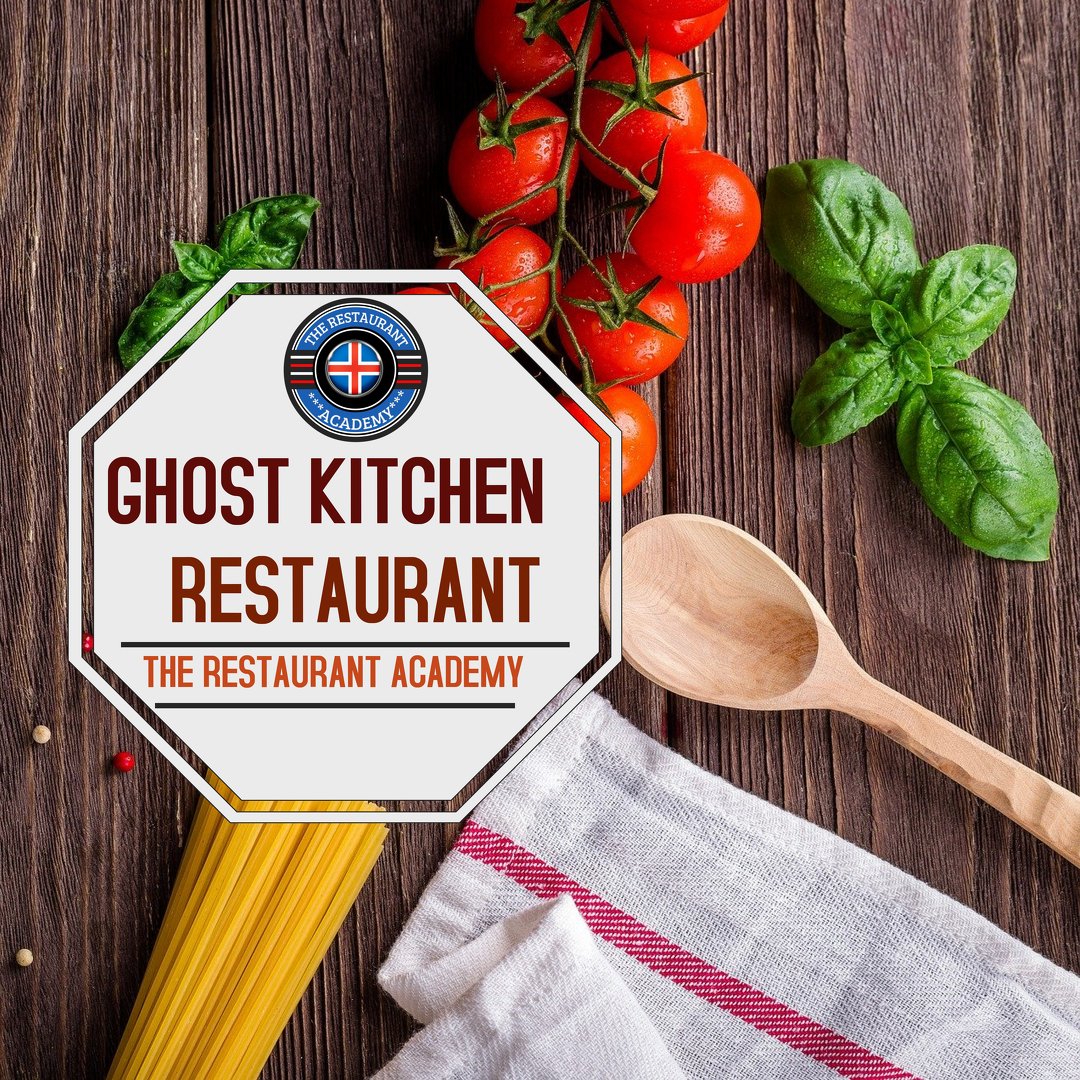Red color in the restaurant
Want an increased table turnover rate for your restaurant? Opt for red. The color enhances the heart rates and hunger of guests, making them eat quickly. The most common color in the restaurant industry, red, is known to excite and stimulate, and is closely associated with high energy. Fast food restaurants would do great by using the color in their walls, logo and menu cards. Human instinct associates red with a juicy strawberry, tender meat or a sweet candy. Is your mouth watering right now?
Example: Mac D and KFC
Blue color in the restaurant
Blue is usually utilized for conservative and corporate brands and is actually the most famous color in America. The hue symbolizes trust and security. But, it is not usually the most preferred choice for a diner.
It is known to suppress and decrease hunger. Blue is a turn off when it comes to human psychology and guests avoid restaurants with blue walls, table cloths and surroundings. For instance, bright blue walls can reflect the color in the food and guests can lose their appetite. However, exceptions prove the rule. Therefore, some seafood restaurants resort to using the blue color to remind people of the water’s color and freshness.
Example: Seafood restaurant
Yellow color in the restaurant
Yellow, an uplifting color, portrays happiness, cheerfulness, positivity, youthfulness and enthusiasm. But, you have to be careful when using the color as it may sometimes display naive or unsophistication. Fast food restaurants often use this color for fast customer turnaround as some people think that it causes unease. If you do not believe me, just color the walls yellow or make it a dominant color in the logo, and then watch the difference. However, if you love yellow and simply cannot do without it, use it as a secondary color. It will not drive away many customers.
Example: Mac D
Orange color in the restaurant
What is the first thing that strikes your mind when you hear the term ‘orange’? A glass of refreshing bright orange juice, right? Orange promotes impulses and some consider it a comfort color. The hue typically invigorates all senses and a restaurant exhibiting this color can experience humongous sales and an energized conversation among its guests. Adding to this is the fact that it stimulates hunger. Guests will talk more, stay longer and spend more in an orange ambience.
Example: Fanta
Pink color in the restaurant
Though pink reflects serenity, sweetness and has a calming effect, it is not a favorite of restaurant owners. Hence, unless you are selling confectionery, avoid this color. But adding it in a dormant way is a good technique to have that calming effect.
Example: Ice cream places
Green color in the restaurant
Now, this color portrays an array of meanings. Whether it is about representing harmony, wealth, balance, relaxation, nature or creativity, green is the benchmark.
The restaurant industry loves green because of its association with health, freshness and nature. If you are a vegetarian restaurant owner, this color can do a lot to attract customers. If you have never checked a menu card before, do that and you will find vegetarian food being indicated by green circles.
Example: Carlsberg
Black color in the restaurant
Looks cold at times, but this sophisticated color has a classic appeal. With its ability to sketch a picture of authority, power, sophistication and strength, black defines regality at a different level. Menu engineers vouch by this color as customers deem the black ink on white paper as most legible. Several fine dining restaurants follow this simple, yet credible combination. Also, not always do colorful logos have the desired effect. Color your logo in black and white to watch how simplicity overshadows gaudy and how chic your restaurant appears to be. Here comes the twist. No matter how impressive black is, not many people ogle at food of the same color with desire. Nonetheless, squid ink pasta, black liquorice, burnt ends, kalamata olives and black rum have won many a heart. Besides, black chalk boards have brought the rustic back to the restaurant industry.
White color in the restaurant
Add white to your restaurant to neutralize food colors. With its aura of clarity, cleanliness, innocence, hope and purity, it is perfect as an accent or secondary color. Who can forget the white space on a menu card and the royal combination with black to increase legibility? White space works wonders during plating, attracting the customers’ gaze to the delicious fare in front. If you do not trust my words, simply type the words ‘food presentation’ and you will know what I am talking about. Here, you will have to keep in mind the concept of marginal utility. If you use something beyond its limit, it loses its charm. In the same manner, overuse white and the result is utter dullness and overtly plain.
Brown color in the restaurant
Feels chocolatey? There you go! Brown often finds reference in chocolates, pastries and in coffee shops. If you are wondering whether it increases the urge to eat or not, ask your kids. Distributing an energy of sincerity, comfort, wholesomeness, dependable and being grounded, the color is liked by both young and old.
Purple color in the restaurant
How many times did you walk into a restaurant to see walls, menu cards and the logo bathed in purple? Not very often I am sure. Though it pops up in food items like wine, berries, legumes and fruits, it is not a fan favorite.
Example: Taco Bell
The variation of a color is important in this regard. Whether it is bright, intense, saturated or dark, needs to be kept in mind. These varieties of a pure state color can hugely impact its perceived intention. For instance, muted yellow or beige is a common sight at breakfast restaurants as it mirrors the spirit of morning – the glow of the sun or a relaxed atmosphere. On the contrary, bold primary colors are frequently seen at fast food restaurants to encourage a fast turnover.
It goes without saying that you will not use a single color in your restaurant and make use of at least two colors in walls, menu cards, logos, furniture and curtains. When you are using several color combinations, consider that individually, a color might resonate its actual meaning, but when placed with another color, its initial profile may be put off or may get shinier. Always consider your complimentary/secondary or primary color as they should compliment or contrast each other.
Whether you are a restauranteur or an interior designer, a particular palette is going to extract a positive reaction from your audience. Since your objective is to gain return customers, brand recognition and brand loyalty, what can be a better way to do so if not through colors?
Colors determine the dining experience and its influence can range from extreme to subtle. It is true that these are just guidelines. Hence, conduct your research before choosing which color you want for your dream restaurant. Because, as we know, color is very subjective.


